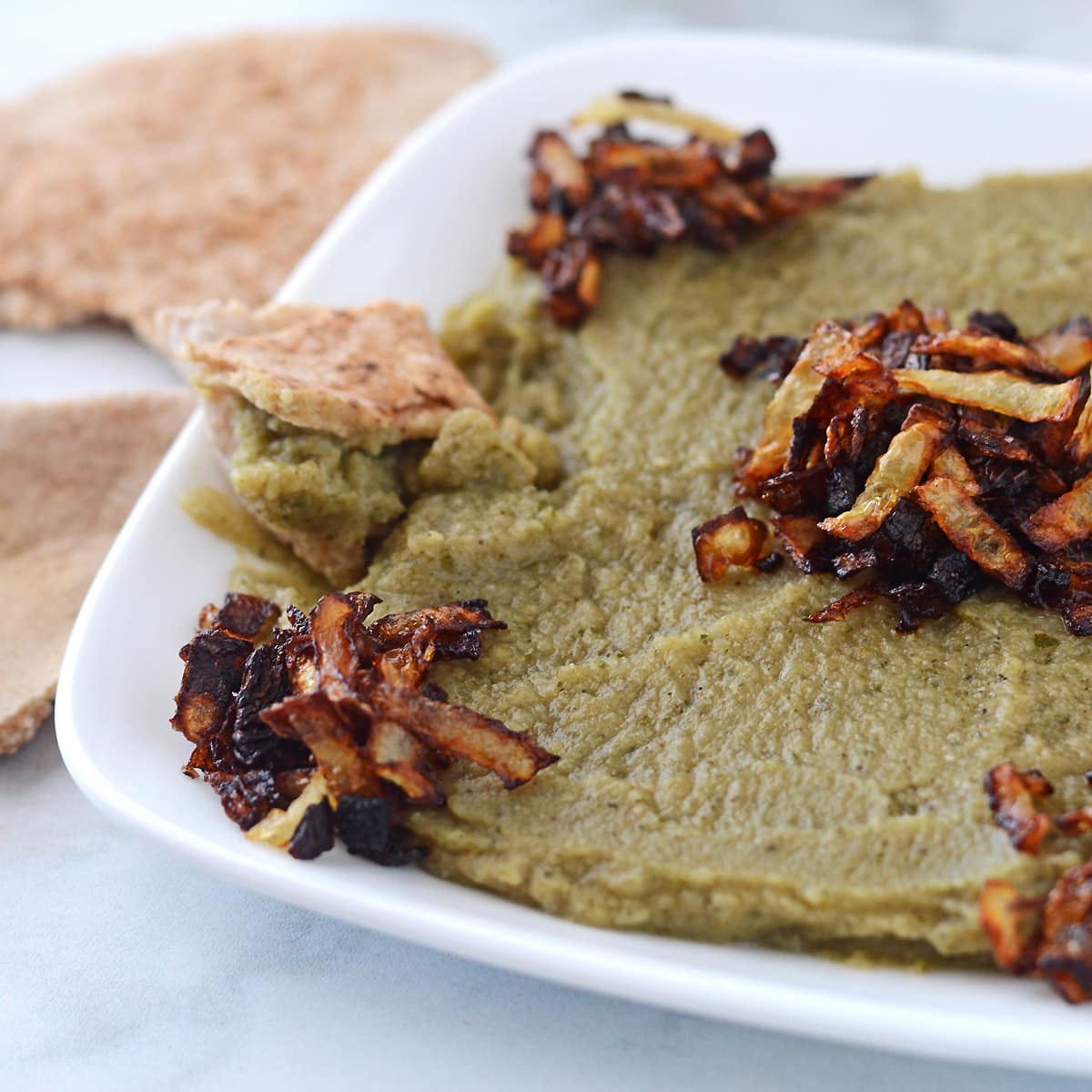“More baladi bread, please!” A statement commonly heard in any oriental eatery in Egypt, regardless of time and place. Toasted or not, baladi bread is known for its versatility due to its thin, stretchy texture. Fresh from the oven, it resembles a hollow balloon of dough waiting for its next culinary adventure as a sandwich or a dipping utensil. Dipping is an essential part of Egyptian cuisine, whether during breakfast, lunch, or dinner. The dipping tactic is humorously referred to as wedn otta, which translates to “cat ear.” This is because a small piece of bread strategically folded to collect as much sauce or food as possible per bite ends up resembling a cat’s ear. It can be described as creating a dozen very small sandwiches throughout a meal, rather than scooping up food directly into the bread to make a sandwich. When it comes to dipping, there’s the straightforward, globally recognized approach that entails the presence of a dip, like sesame seed paste, otherwise known as teheena or tahini. This roster includes a huge variety of dips like the delicious eggplant-tahini duo that is baba ghanoug or the popular…



